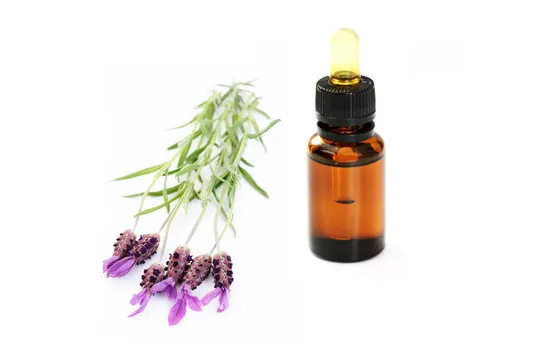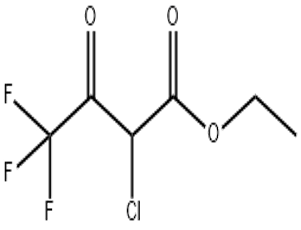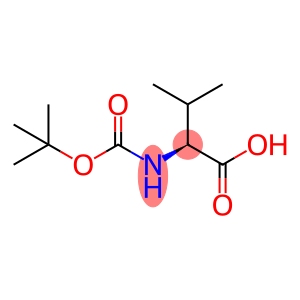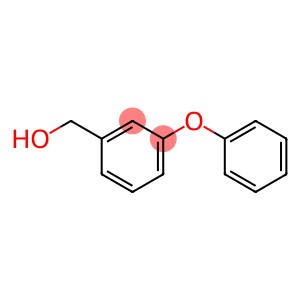Lavander oil(CAS#8000-28-0)
| Hazard Symbols | Xi – Irritant |
| Risk Codes | 36/37/38 – Irritating to eyes, respiratory system and skin. |
| Safety Description | S23 – Do not breathe vapour. S24/25 – Avoid contact with skin and eyes. S26 – In case of contact with eyes, rinse immediately with plenty of water and seek medical advice. |
| UN IDs | NA 1993 / PGIII |
| WGK Germany | 2 |
| RTECS | OF6110000 |
| FLUKA BRAND F CODES | 8 |
| Toxicity | Both the acute oral LD50 value in rats and the acute dermal LD50 value in rabbits exceeded 5 g/kg |
Introduction
Lavender oil is an essential oil extracted from the lavender plant and has many unique properties and uses.The properties of lavender oil include aroma, aroma, freshness and pleasantness, and have antibacterial, calming, soothing and other effects. It is often used to improve mood, relieve anxiety and stress, and can help improve sleep quality. Lavender oil can also be used to soothe symptoms of physical discomfort such as headaches, muscle pain, and indigestion.There are two methods of making lavender oil: distillation and cold pressing. The distillation method is to put lavender plants into a still, and the distilled steam is condensed to obtain essential oils. The cold pressing method involves pressing the flowers and leaves of the lavender plant to obtain essential oils.








